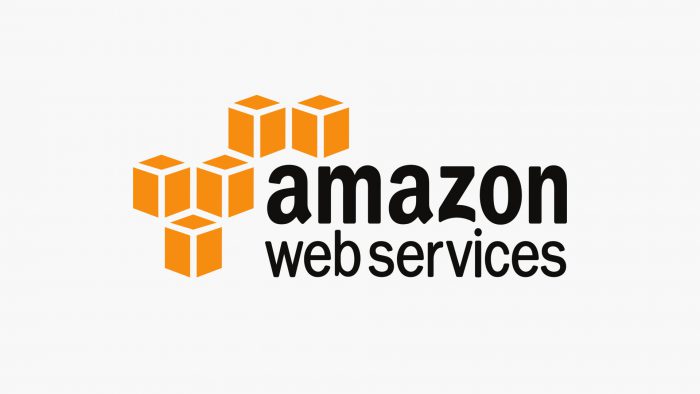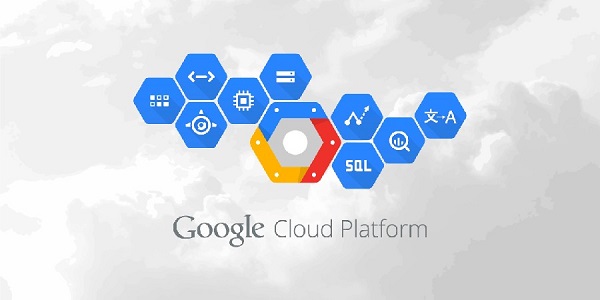Data Infrastructure or Big Data from Amazon, Microsoft and Google
The number of daily users for each service and the frequency with which they use it generates large amounts of new data and produces what we call Big Data.
With the rise of Internet giants Facebook, Amazon, Microsoft, and Google, the pace of technological change, especially in the data center, has Increased.
This data is multiplying rapidly, whether from services hosted in the Public Cloud or from things we share on Facebook or search on Google. As a direct result, this utility requires extensive growth in computing and storage infrastructure.
 Big Data
Big Data
With the rapid growth of technology, there is rapid change and diversification. Given the scale of this investment in infrastructure, a new data center model, called Hyperscale Computing, has emerged.
The term includes the large-scale data center infrastructure created by the four companies and the development of a wide range of computing, processing, and storage technologies that work separately and together to serve users.
As large and small companies outsource their servers and storage, vendors of Public Cloud, Amazon AWS, Microsoft Azure, and Google Compute Platform (GCP) provide them with infrastructure services.
Sell to access their servers and repositories (IaaS). They are aligned with industry initiatives, such as the Open Computer Project (OCP) and the Linux Foundation ODPi Project, which strengthen the development of outstanding hardware and software technologies.
AWS
Amazon AWS occupies a unique position in the market of the three web services companies due to its dominant position, size, and scale. In 2016, the business generated $12.2 billion in revenue and $3.1 billion in operating profit and continued to grow significantly.
First-quarter revenue rose 42.7% to $ 3.7 billion. It is by far the most significant public cloud provider in a dispersed market, with a 31% share last year, and it was the first company to offer computing infrastructure as a service.
AWS last fall revealed a lot about its infrastructure at a meeting called:
Vice President and Lead Engineer James Hamilton hosted Invent 2016. “Every day, the company adds server capacity to its network, which is equivalent to in late 2005 when a company was $ 8.5 billion,” he said.
They expanded the data center infrastructure to 14 regions and presented four plans for this year. Each area has two to five accessible areas with one to eight data centers. Data centers have from 50,000 servers to about 80,000 servers.
 AWS
AWS
Microsoft Azure Platform
Microsoft Azure Platform is the second largest Public Cloud provider. The company does not specify the number of jobs, although it is said to have earned $ 2.7 billion in 2016 and a market share of 11%.
Microsoft markets Azure in the Cloud Commercial segment alongside 365 Commercial and Dynamics CRM Online. Therefore, the company can take advantage of its strong position in Enterprise Computing. Late last year, Azure grew 94 percent to $4 billion.
 Microsoft Azure Platform
Microsoft Azure Platform
Google Cloud Platform
Google’s third-largest cloud provider is based on the IaaS cloud-based offering. Google does not disclose the size of the Google Cloud Platform, although analysts put its size at approximately $1 billion in 2016, $1.5 billion in 2017, and $2.0 billion in 2018. VMWare’s former founder and CEO came in to lead the Cloud business and strengthen its momentum.
At the CIO summit in April, he said the company’s goal is to move toward cloud computing within five years. In the latest version of Google, managing the platform highlighted it as one of its fastest-growing businesses and required strong capital growth and heavy investment. The platform offers many big data, IoT, and machine learning services.
 Google Cloud Platform
Google Cloud Platform
For information on the benefits of cloud computing and its future, refer to the linked article.
Like AWS and Microsoft Azure, the Google Cloud Platform (GCP) strengthens the company’s core computing infrastructure, which is optimized for Google to support. The company is thus rapidly expanding its cloud infrastructure, which is currently in 6 regions.
Eighteen districts with more than 100 points were organized. In early 2013, management decided to develop a dedicated processor after evaluating the comparative advantages of CPUs, FPGAs, and GPUs. The processor was designed to run Google’s TensorFlow algorithm. Called the Tensor Processing Unit (TPU), it was first released in 2016.
The company recently released its second-generation device, which uses four TPUs on the accelerator screen.

